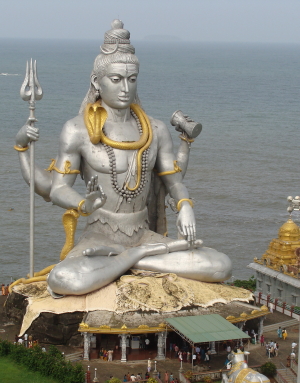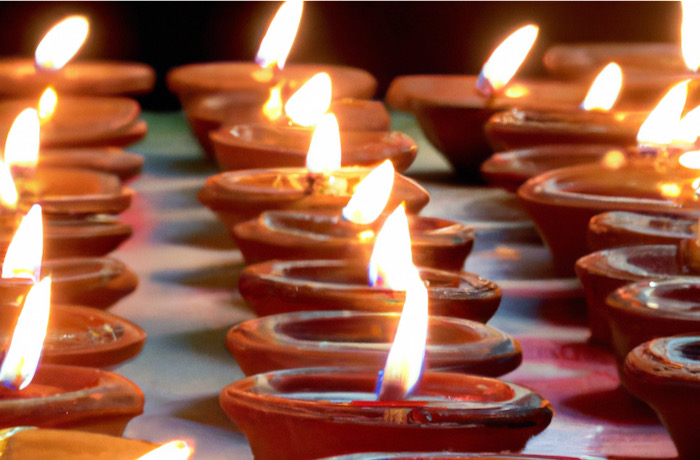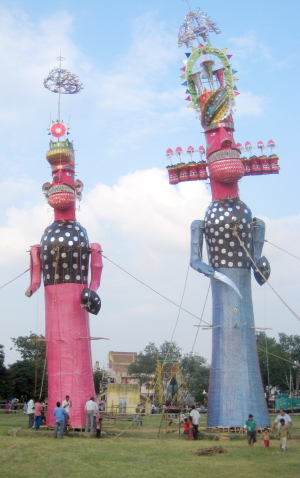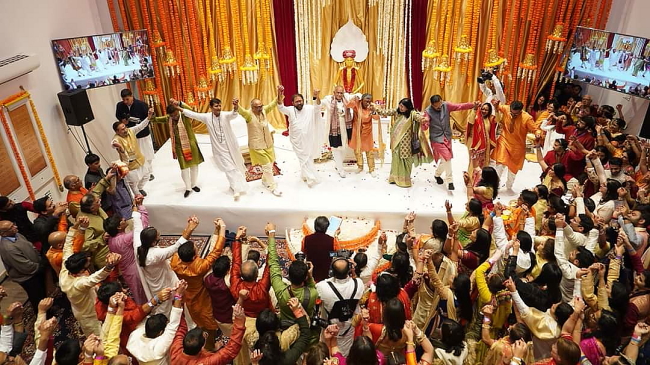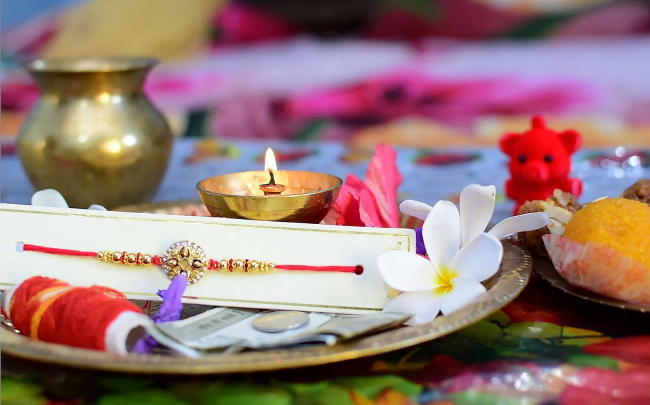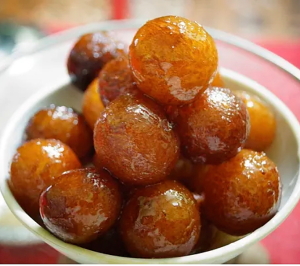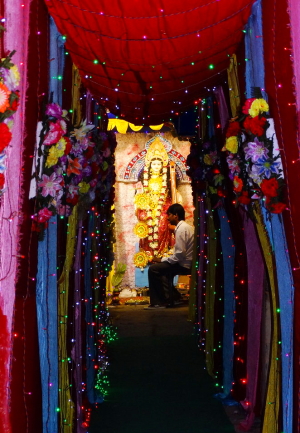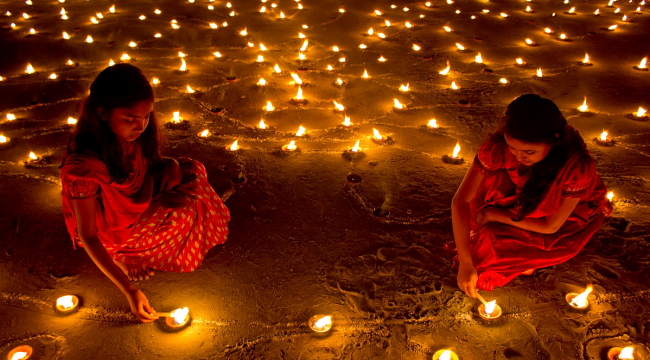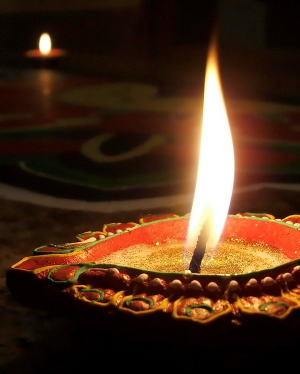SATURDAY, FEBRUARY 18: A day of fasting and worship is followed by a nighttime vigil for Lord Shiva, on the Hindu holiday of Maha Shivaratri. Lord Shiva is associated with several legends and renowned as the model of an ideal husband. On Maha Shivaratri, many Hindus believe that Lord Shiva performed the Tandava—the cosmic dance of creation, preservation and destruction.
After a full day of visiting temples, performing ritual baths for figures of Lord Shiva and fasting, Hindus begin a vigil that lasts the entire night.
LORD SHIVA: MARRIAGE AND LINGA
Many stories are shared as this holiday is celebrated by Hindus in India, Nepal, Trinidad, Tobago and other parts of the world. According to one legend, Lord Shiva and his consort, Parvati, were married on this day. As the marriage of Lord Shiva and Parvatai is regarded as ideal, married women pray for the well being of their husbands and single women pray that they will find a husband like Shiva.
In another traditional story, Lord Shiva manifested in the form of a Linga on Maha Shivaratri, and thus the day is regarded as extremely auspicious.
RITUALS AND CUSTOMS
After waking early for a ritual bath, Hindus begin the day by visiting the temple. At the temple, Hindus pray, make offerings and bathe figures of Shiva in milk, honey or water. Many devotees either fast or partake in only milk and fruit throughout the day. As evening falls, the worship continues, and hymns and devotional songs are sung to Shiva throughout the night. It’s believed that sincere worship of Lord Shiva on Maha Shivaratri—Lord Shiva’s favorite day—will bring absolution of sins, neutrality of the mind and assistance in liberation from the cycle of death and rebirth.
